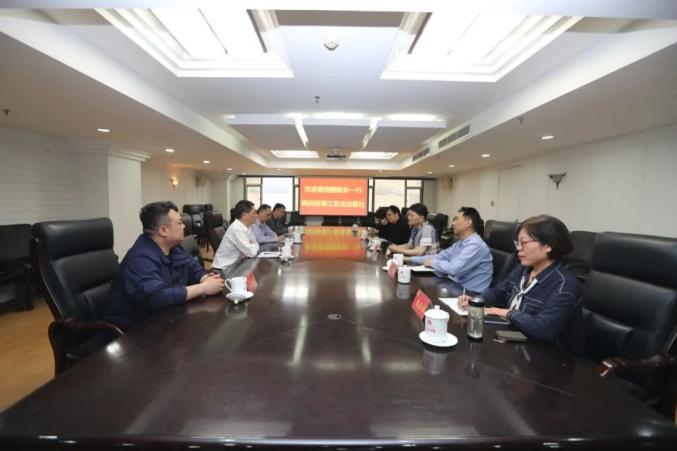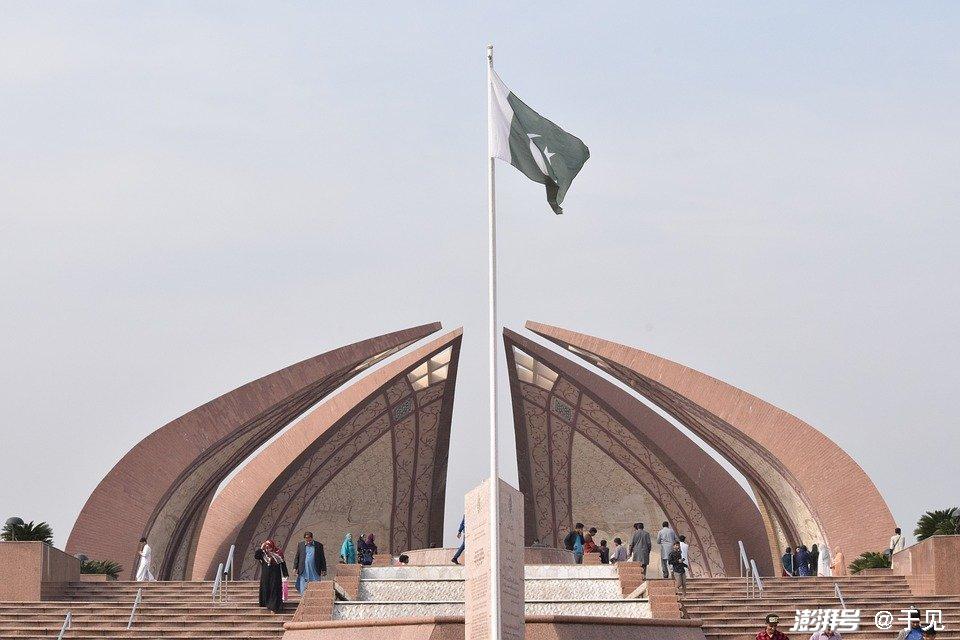What Is The Concept Of The Belt And Road Initiative And What Industrial Chains Are Covered
What Is The Concept Of The Belt And Road Initiative And What Industrial Chains Are Covered
The Belt and Road Initiative is an international cooperation and development framework proposed by China in 2013. It aims to promote economic cooperation and common development of countries along the route by strengthening policy communication, facility connectivity, smooth trade, financial and people-to-people communication.
The Belt and Road Initiative is an international cooperation and development framework proposed by China in 2013. It aims to promote economic cooperation and common development of countries along the route by strengthening policy communication, facility connectivity, smooth trade, financial and people-to-people communication. This initiative covers many regions such as Asia, Europe, Africa, and involves many countries and economies, providing new development opportunities for global infrastructure construction, industrial collaboration and cross-border trade.
From the perspective of the industrial chain, the "Belt and Road" covers a wide range of areas and has formed multiple mutually supportive industrial ecology. The first is infrastructure construction, including the construction of transportation networks such as railways, highways, ports, airports and bridges, which is the core link in promoting regional connectivity. This type of project has driven the development of related industries such as engineering contracting, building materials production, heavy machinery manufacturing, etc.
The second is energy cooperation, covering the construction of traditional energy such as oil and gas pipelines and power stations, as well as the investment and operation of clean energy projects such as solar energy and wind energy. The improvement of energy infrastructure not only meets local development needs, but also provides guarantees for transnational energy transmission.
The third is the transportation and logistics system. With the normal operation of international freight channels such as China-Europe Express, industries such as warehousing, multimodal transport, and cross-border logistics services have ushered in growth space. The application of digital communication technology has also improved logistics efficiency and promoted the development of smart logistics.
In addition, communication and informatization construction are also important components. The implementation of projects such as fiber optic networks, 5G base stations, and data centers will help countries along the route to improve their digitalization level and create conditions for new business formats such as e-commerce and remote services.
Finally, financial services, industrial park development, and cultural tourism are also gradually expanding in the process of advancing the "Belt and Road". The internationalization process of RMB is accelerating, and the cross-border settlement and investment and financing mechanisms are constantly being improved, providing support for relevant enterprises to participate in international cooperation.
For investors, understanding the industrial chain logic behind the "Belt and Road" will help grasp the long-term development trend. The growth potential of related industries is not only reflected in the domestic market, but also extends to the broad international market. It is worth paying attention to its continuous evolution under policy guidance.





